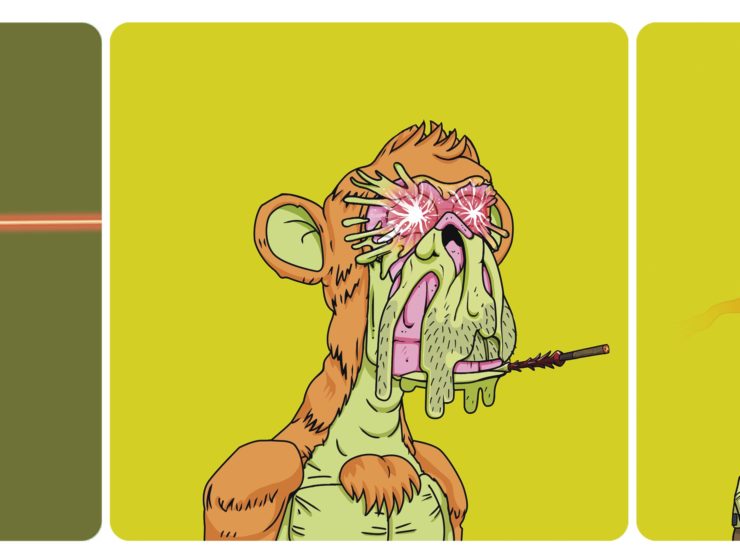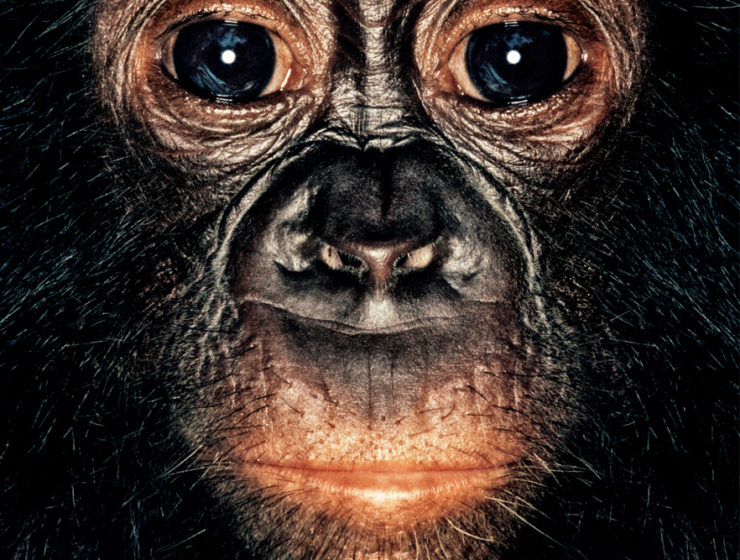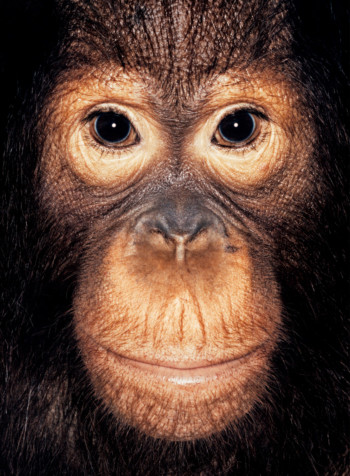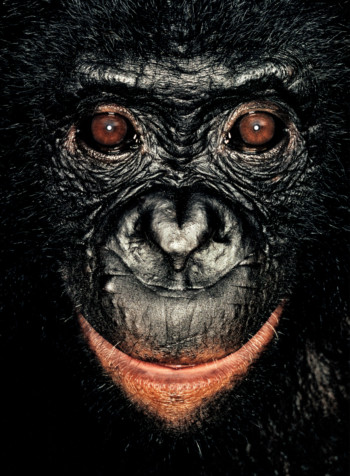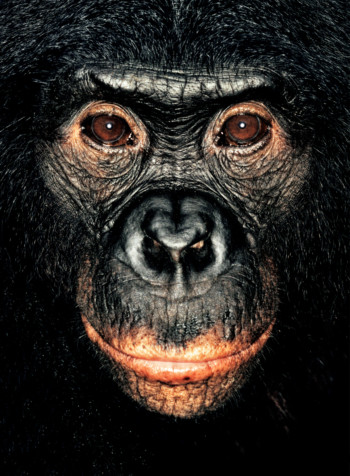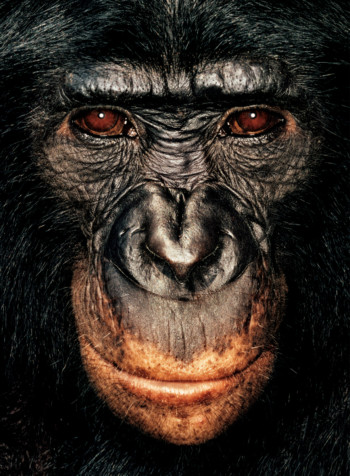#BAYC captures how we see in bonobos parts of our inner selves, of our past and maybe our future too. Some scientists believe humans should learn from Bonobo society, but we still know so little about them. A group, or party of bonobos, are always led by females. Own your own bonobo portrait.
#JAPES family tree part3: Bonobos
The Kinsey Institute, an American research institute dedicated to the study of sex, recently published a research paper on bonobos, the smallest of the four great apes and one of the two species of the genus Pan, the other being the slightly larger chimpanzee. The report reads: “Every bonobo—female, male, infant, high or low status—seeks and responds to kisses.” The paper notes that bonobos are, along with humans, one of the only animals to kiss with tongues. On the World Wildlife Fund’s website, the page dedicated to bonobos reads, in its opening paragraph: “Bonobos maintain relationships and settle conflicts through sex.”
Groups of bonobos – known as a ‘party’ of bonobos – are female-led; most parties have more women than men, and the older women of the group tend to be the decision makers and party leaders, to whom everyone else is submissive. Within a party, both males and females will have sex with each other as well as with members of the opposite sex. All bonobos, as far as scientists can gather, are bisexual. Sex is often used as a way to mediate bonobos through mounting conflict. If two bonobos are beginning to row over the discovery of food, for example, they will sometimes work the fight out by resorting to social intercourse.
But, in the scientific community, parties of bonobos are notoriously difficult to track and trace, for they live secretively and elusively high in the trees of the lush, dense lowland rainforests that line the south bank of the Congo River in the Democratic Republic of the Congo. As soon as they see a human, they disappear into the canopy above.
But, on the occasions scientists have been able to study a party of bonobos, they learn incredible things. For male bonobos, the party it is born into remains its family forever – some male bonobos never leave close proximity with their mother, who remains constantly on hand for assistance. This extends to sex: a 2019 study in Cell Biology found that bonobo mothers will help their sons to mate by chasing other males away or by interfering with another copulating couple.
Female bonobos reach maturity slightly later than males, but will then often leave the party of their birth in search for other parties. That’s not to say bonobos mix freely; if one party of bonobos happens to encounter another, they will often engage in fierce fights to the death. But this is rare. For the most part, parties of bonobos swing peacefully through the trees in blissful isolation. They sleep up high too, in nests made from the crooks of branches. A report in the 2018 science journal Evolution described the birth of a bonobo as a “social” event, with other females helping the mother-to-be to get through the birthing process, acting “like midwives”. The study concluded that bonobos were the only species aside from humans known to assist each other in the act of giving birth. No animal in the world, then, so clearly demonstrates an obvious truth of human existence – that females are the better sex.


















